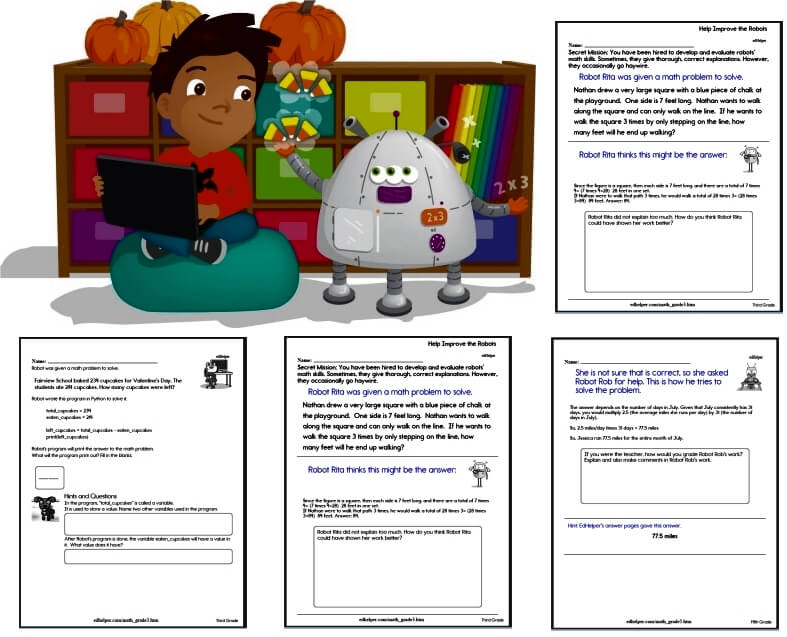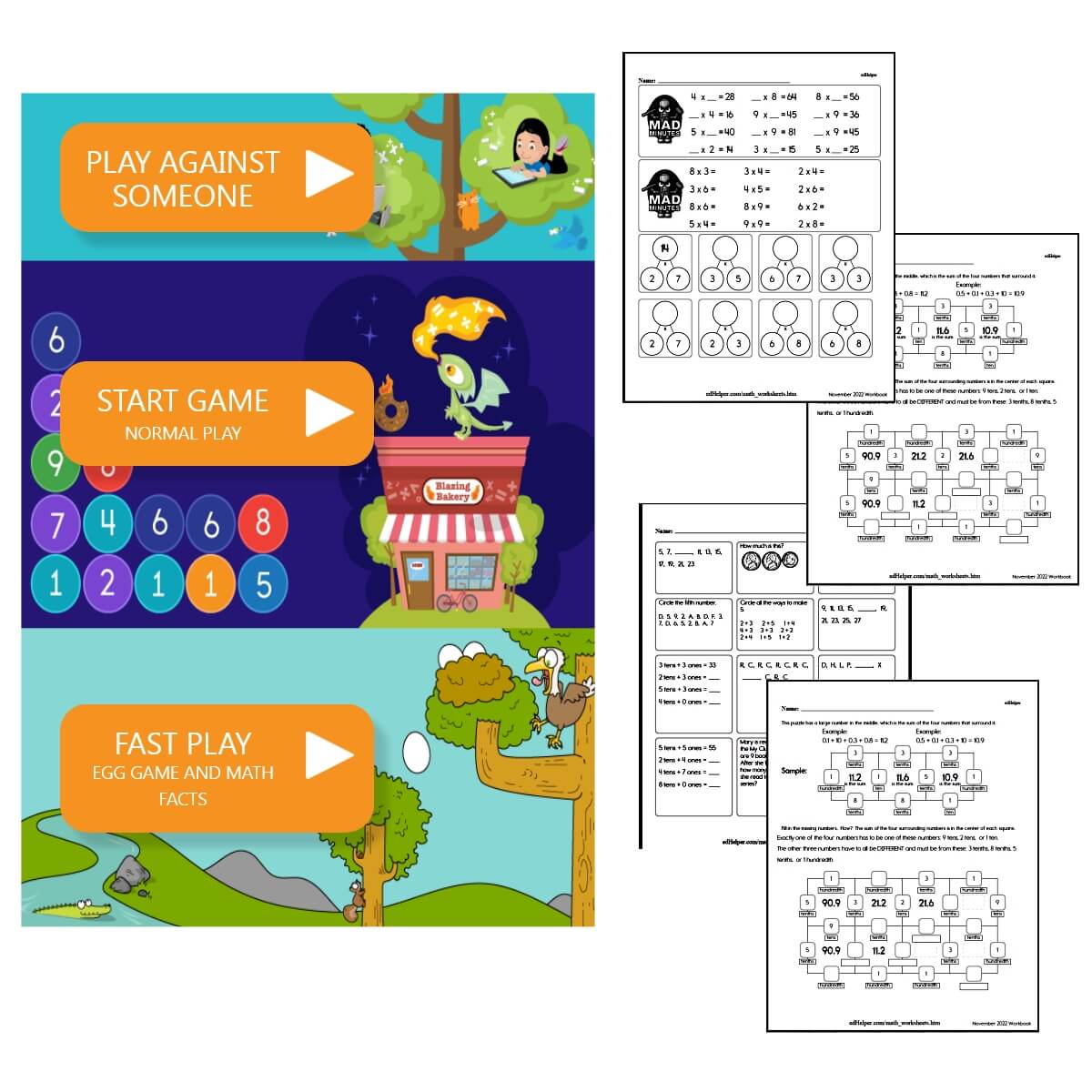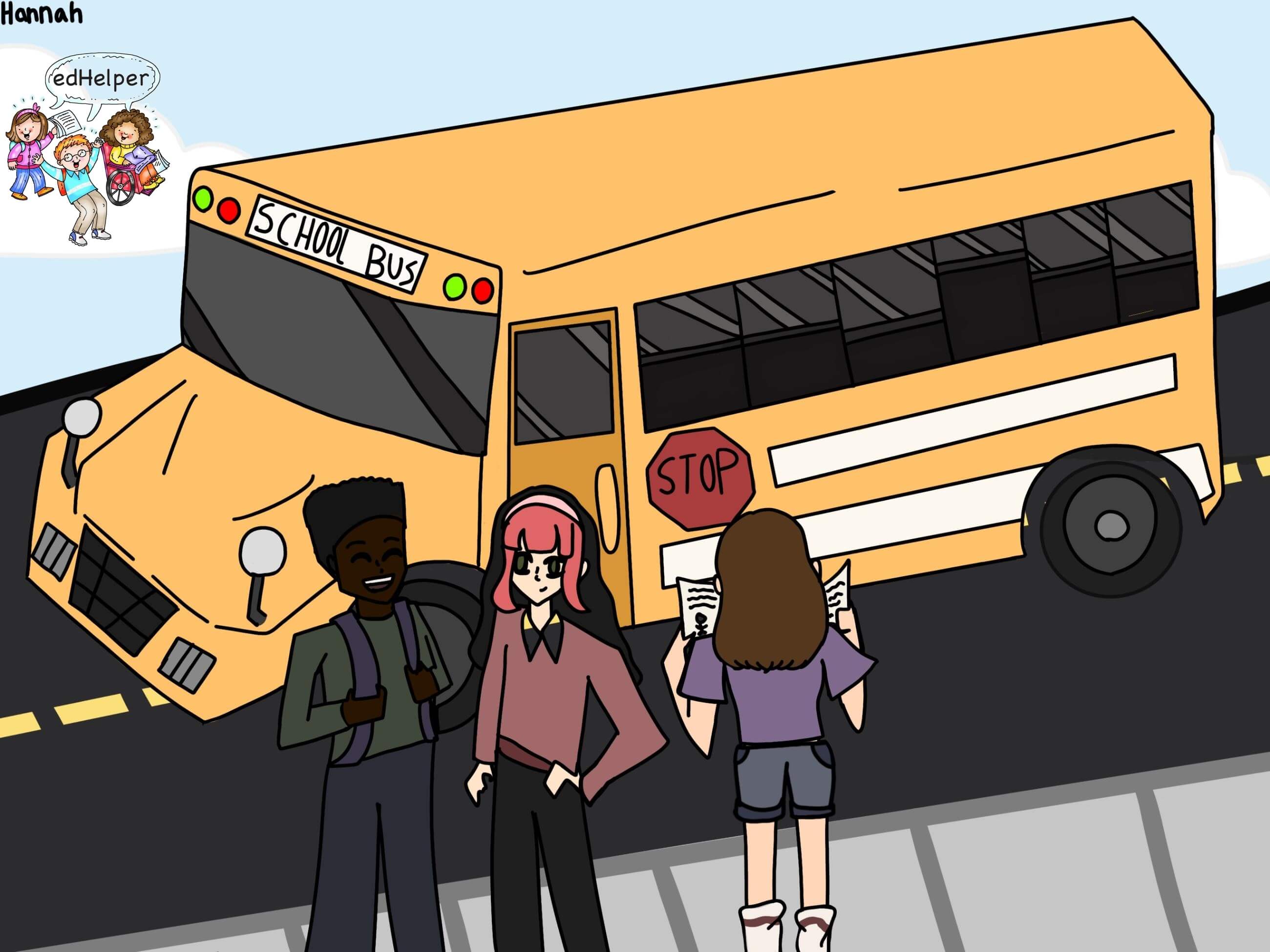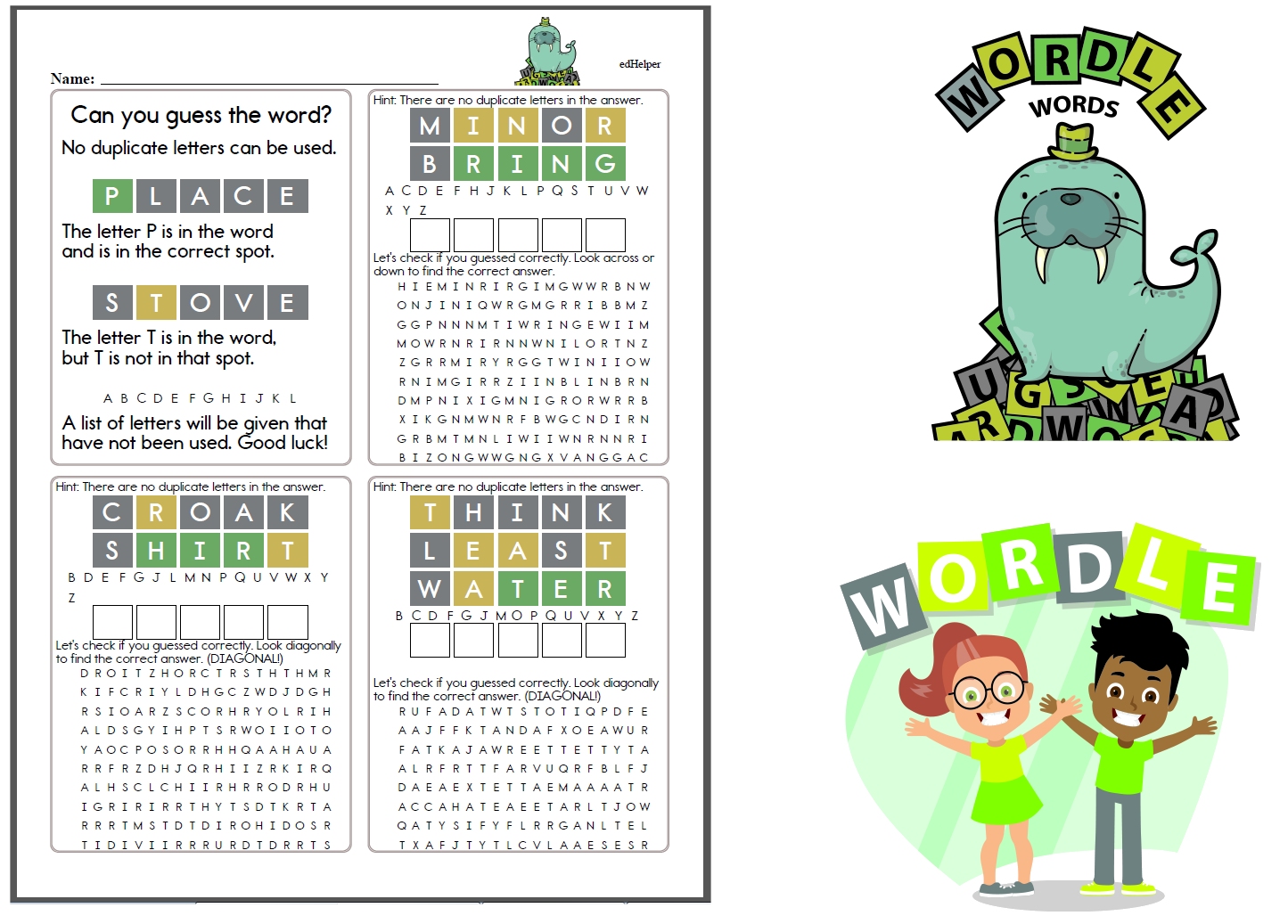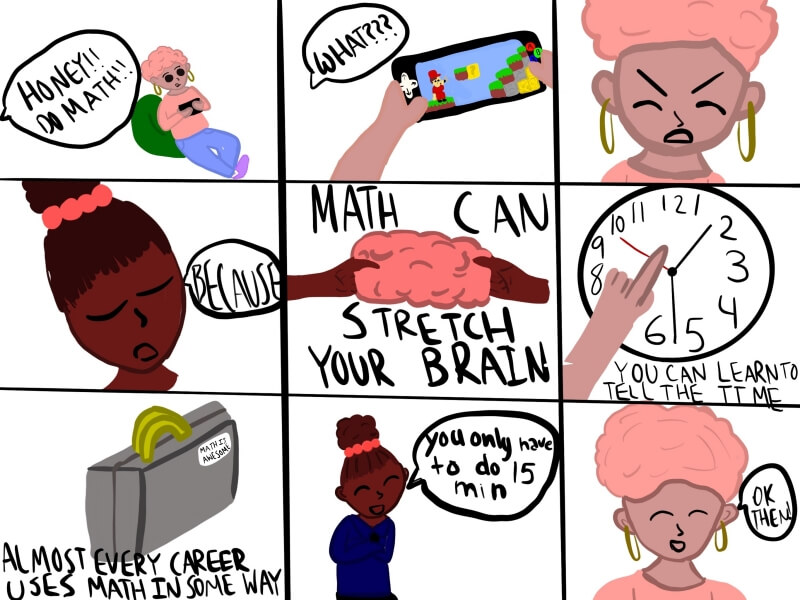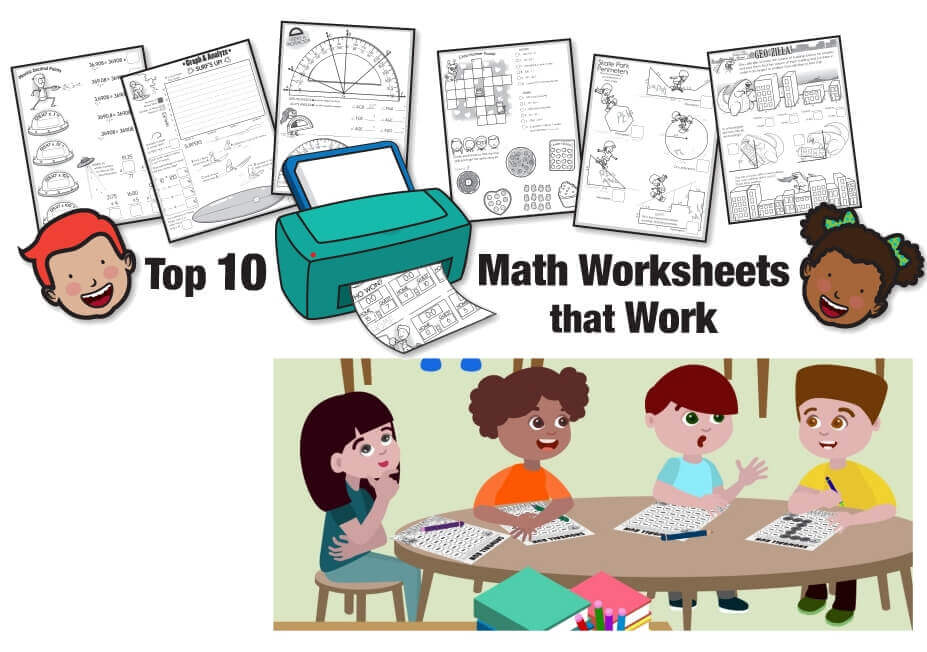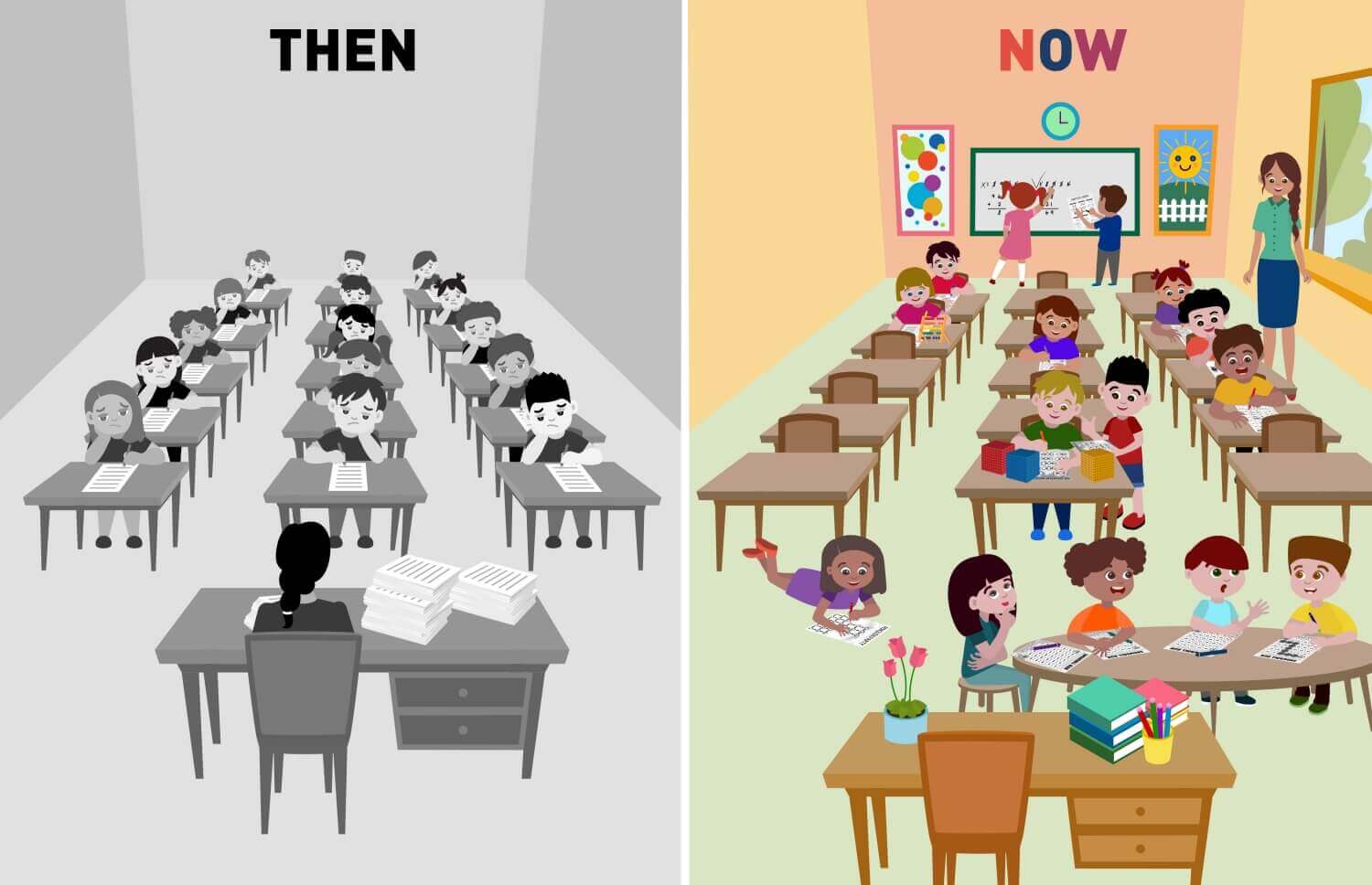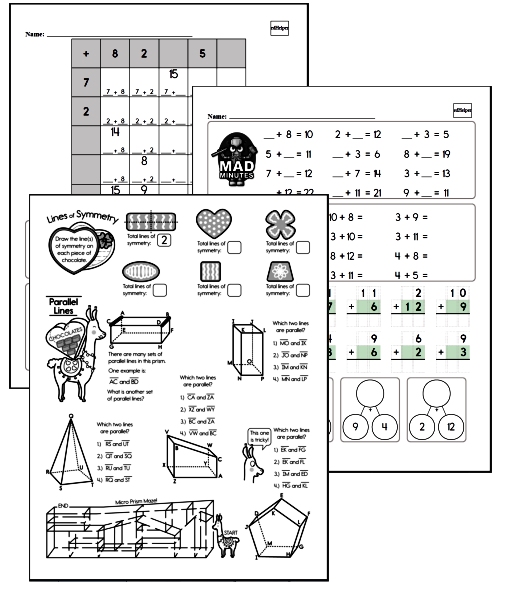Improve Math Scores in Your Classroom, According to Research
By: edHelper Staff
Updated: Dec 4, 2023

There are a lot of great strategies out there for improving math scores. Many require additional materials, training, and school- or district-wide implementation. These kinds of strategies require a lot of planning by administration, can take a long time to implement, and teachers don't always have much control over what or how it shows up in the classroom.
The good news is that you don't have to wait for the next PD meeting to learn which math strategies to use with your students. There are research-approved things you can do right now to improve the math scores in your classroom-no fancy materials or special training required.
Math Problem of the Day
Regular practice helps reinforce concepts and build mathematical fluency. Try incorporating a challenging math problem of the day into your busy school schedule. Kids can work on these independently, or they can be used as short homework assignments. In this sample printable, robots explain how they might answer the math question of the day. Kids then must determine if the robot is correct and grade their work. Then, they need to answer a similar question.
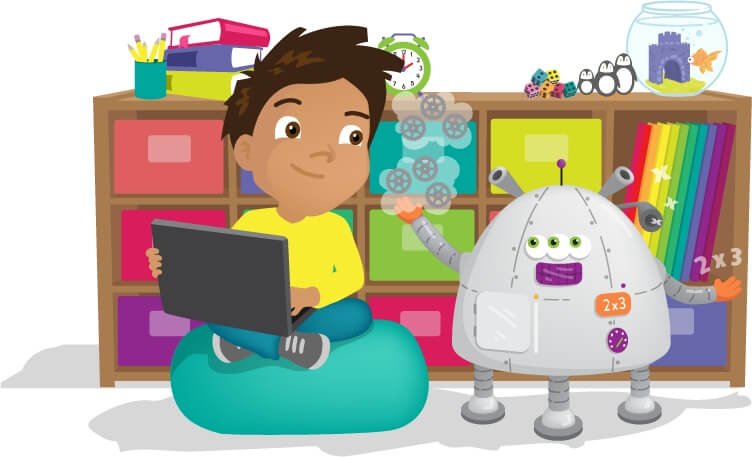
Teach Spatial Skills
Spatial skills are something that most of us associate with units in geometry. It's true that students' understanding of spatial skills increases by leaps and bounds during explicit instruction on geometric principles. Still, it turns out that good spatial skills are more generally associated with greater math performance.
Research has suggested that people who have good spatial skills have an easier time with math in general. Amazingly, one study found that a child's high school math course selections, math grades, and math scores could be predicted based on their block-building skills in preschool!
The good news is that it's never too late to help children build their spatial skills! A few activities you can incorporate into your lessons include the following:
- You can create a math station or activity center for younger elementary students to build with blocks.
- Students of any age can benefit from putting together jigsaw puzzles or recreating images using Tangrams.
- Young students can learn to make paper planes and origami boats, and older children can learn to make a paper crane and more complex shapes.
- Incorporate maps into your math activities by doing things like creating a scavenger hunt or having students draw a map of their bedrooms.
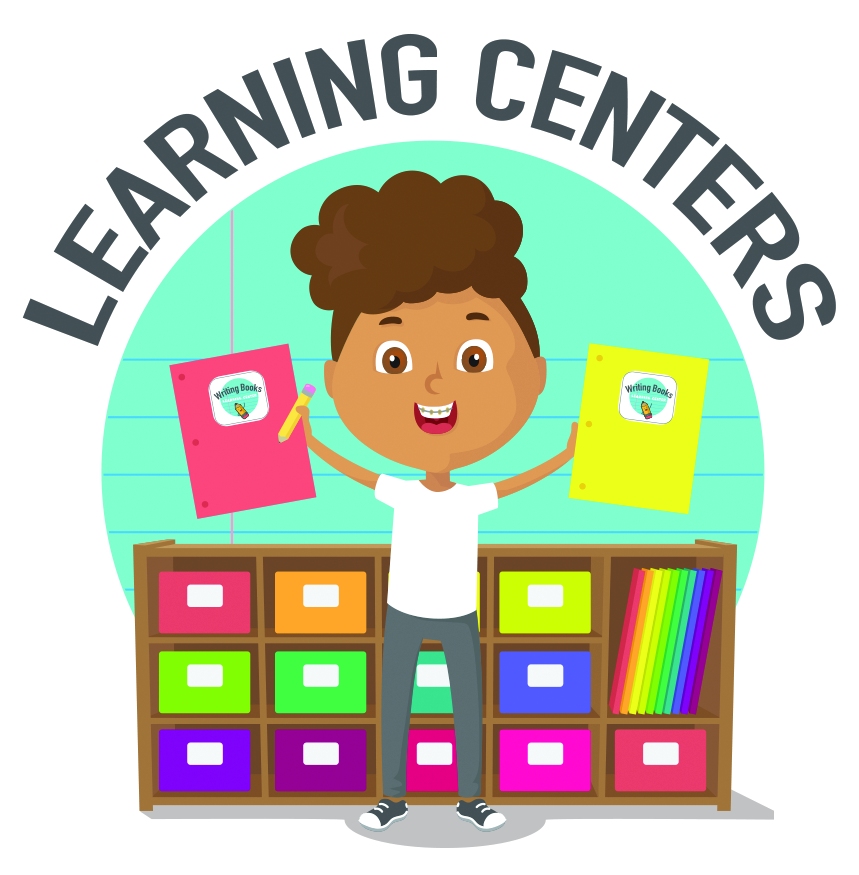
Ask the Right Questions
One of the easiest ways to improve your students' math scores is to ask the right questions.
First, it's important to know that higher-level cognitive questions aren't necessarily better than lower-level ones. Instead, it's best to use both. For example, you might start by asking your students what half is. Then, follow up by asking how they know it's half.
How long do you wait for students to respond to your questions? Although getting answers quickly is common and helps keep the lesson pace, it's best to wait. A three-second wait time is related to positive achievement for lower cognitive questions, with even longer wait times associated with better performance when asking higher cognitive questions.
Research has also shown that students have better learning outcomes and attitudes toward math with the right probing or redirecting questions. You might ask a student to clarify how they got their answer or ask them how they can check whether their answer is right or wrong.
Just avoid vague or critical statements like, "That's wrong. Why don't you try again?" The aim is to create a supportive atmosphere in which non-judgmental questions can be posed and where students don't have to be afraid to give wrong answers. When students aren't afraid to make mistakes, they will be more open to making them, which will enable real learning to happen.
Use Manipulatives
Most teachers are familiar with manipulatives, but their importance can't be overstated. When manipulatives are used in the classroom, students improve their understanding, increase their retention, and reduce math anxiety, all of which have a positive effect on math scores.
Don't get caught up in thinking that students have to use manipulatives like base ten blocks or Cuisenaire rods for them to be considered effective. Everything from buttons to shoes can be used as manipulatives with a little creativity!
Manipulatives can also be created by hand. For example, you can have students cut circles into halves, fourths, or other fractions. Strips of paper can be cut into ten equal pieces, and beads can be strung on pipe cleaners.
Let Students Use Numbers Flexibly
Many of us grew up memorizing math facts. Although knowing facts can be important, it's even more important to develop number sense, which means learning to use numbers flexibly. Studies have shown that high achievers use number sense much more often than rote memory while low-achieving students don't. They rely on knowing the answer, and if they don't, they just guess.
For example, you may know that nine times nine is 81, but someone who knows how to use numbers flexibly could figure it out even if they hadn't memorized the answer. They might know that ten times nine is 90, so subtracting one 9 from 90 would give them the answer of 81.
Being flexible means teaching many different ways to add, subtract, multiply, and divide in the classroom. Allow students to try different methods and share their discoveries with their classmates.
You should also encourage students to contemplate new and different ways of finding the same answer. Ask them to explain their reasoning and how they can check their answers, and focus on praising their thinking over knowing the correct solution. When you do, they will feel more prepared to figure out the answer to complex problems in the future.
Change Your Attitude Toward Math
Many of us carry around terrible ideas about math that we learned when we were children. Many of us grew up believing, either consciously or subconsciously, that only some students are good at math. Many of us develop a belief that "we just aren't good at math," even if that isn't true, or that math is hard and that it doesn't always make sense.
At the very least, many of us grew up thinking that math is boring and that other subjects are more interesting or fun.
Those attitudes can have a real impact on student learning, even if you don't explicitly share your opinions of math with your class.
One study found that student scores improved after teachers took an online class demonstrating how anyone can be good at math, that it can be fun and useful, and that there are more positive and engaging ways to teach math.
Attending a training can be helpful, but you can also work on identifying your existing attitudes about math and finding ways to combat them. For example, instead of relying on your calculator to find an answer, see if you can figure it out mentally first. You can also find ways to incorporate math games into your classroom so you and your students can have fun doing math together.
Reach out to your colleagues too! Chances are, there's a teacher in your school who has always liked math. Spending time talking to and learning from them could go a long way toward changing your attitude toward math.
And by changing your attitude, you can become the math teacher you wish you had when you were young!
Improving math scores in your classroom doesn't have to be difficult or time-consuming. The research shows that you can do small, actionable things right away to help your students experience more success in math, even if it isn't their-or your-favorite subject.




